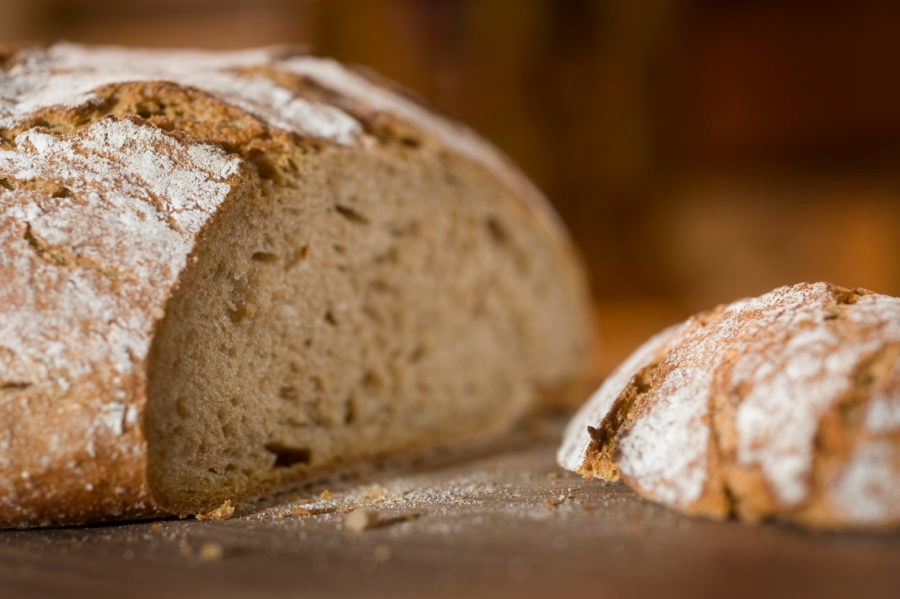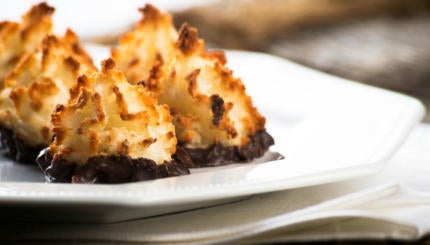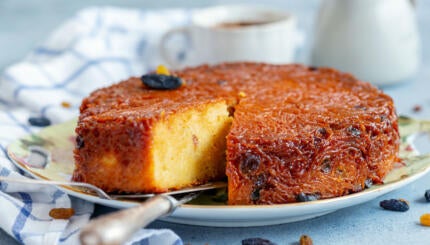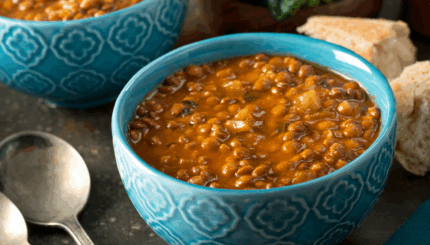Rye bread is on the rise, making headlines and appearing at farmers markets, upscale restaurants, and Scandinavian-inspired bakeries.
Aside from the timeless deli rye that goes so well with pastrami, the kind of rye bread we’re noticing is hard, dense and fermented. It’s made with mostly rye flour — sometimes 100% rye — and it’s studded with rye kernels and cracked wheat. This long-fermenting, sour bread was once a staple throughout Scandinavia, the Baltic states, Poland, Hungary, Austria, Germany and the Netherlands. It’s the kind of bread that’s perfect for open-faced sandwiches topped with a smoky cheese and salt-cured salmon.
A photo posted by Bread Alone Bakery (@breadalonebakery) on
New York Times writer Julia Moskin explores the European history of rye bread, in “Rye, a Grain With Ancient Roots is Rising Again.” She writes that “Before modern agriculture and transportation made wheat available everywhere, rye was the best (and sometimes only) option for bread baking,” as it was the easiest grain to grow in Northern, damp climates. This rustic, hardy loaf was the day-to-day bread, in stark contrast to to the light, airy loaves made for Shabbat.
The Nosher celebrates the traditions and recipes that have brought Jews together for centuries. Donate today to keep The Nosher's stories and recipes accessible to all.
With easier access to wheat flour, Northern and Eastern European loaves became lighter, “loftier” and sweeter, Moskin writes. Rye loaves were cut with wheat flour, and spiced with caraway. This is the soft, chewy “sissel rye” (caraway rye) Polish and Ukrainian Jews brought to New York in the late 1800s. Along with caraway, sometimes fennel, anise, and coriander are added, a mixture known by Germans and Eastern Europeans as “bread spice.”
You can try your hand at making one of these loaves (recipes below), or, if you’re in New York City, you can have traditional Jewish rye bread at the historic Orwasher’s Bakery on the Upper East Side. On your way downtown, you can try the award-winning Danish restaurateur, Claus Meyer’s much buzzed-about rugbrod (Danish rye bread) at Grand Central Terminal’s Great Northern Food Hall or Agern restaurant. Alternatively, the trek out to his Williamsburg, Brooklyn pop-up bakery, Meyers Bageri, is one you won’t regret.
A photo posted by Meyers Bageri NYC (@meyersbagerinyc) on
Want to try making your own rye bread? Try one of these recipes, below!
Marbled Rye Challah
New York Deli Rye Bread from The Smitten Kitchen
Danish Rye Bread from The Daring Gourmet
Nordic Whole-Grain Rye Bread from The New York Times
Classic Rye Bread with Caraway Seeds from Michael Ruhlman
Mustard Rye Bread from What’s Cooking America



